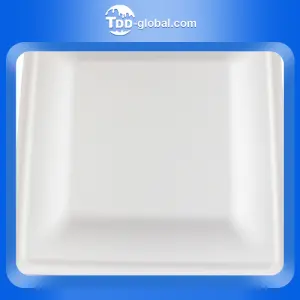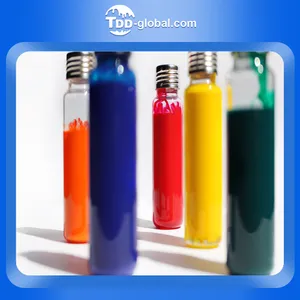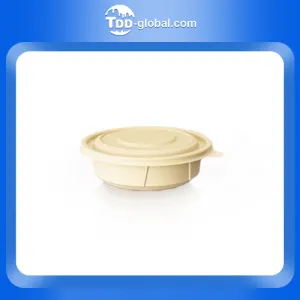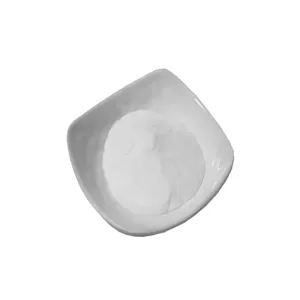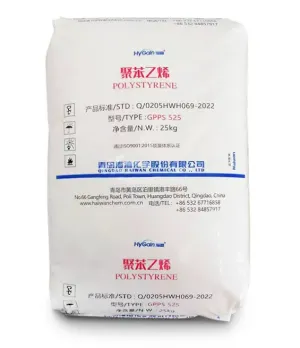Alkyd resin
The preparation method of alkyd resin is to condense polyfunctional alcohols, polybasic acids and vegetable oils or vegetable oleic acids. Different types of vegetable oils or fatty acid molecules have different numbers of double bonds, which can be divided into drying, non-drying and Semi-dry alkyd resin. Dry alkyd resin can dry by itself in the air, and its drying is a process in which macromolecules are cross-linked and solidified by oxygen in the air. According to the content of vegetable oil or vegetable oleic acid used, there are short oil, medium oil, long oil, extra long oil and ultra short oil alkyd resin. The manufacturing methods of alkyd resin include melt method and solvent method. The melting method uses polyols, polybasic acids, vegetable oils or vegetable oleic acids to be heated under the protection of inert gas and lipidized at high temperature. When the acid value reaches the required level, solvent is added to dilute it. In the solvent method, the reaction raw materials are reacted in the solvent xylene. As a solvent, xylene can form an azeotrope with water to speed up the reaction. Compared with the melting method, the solvent method requires a lower reaction temperature, the reaction conditions are easy to control, and the synthesized alkyd resin is lighter in color. The performance of alkyd resin is related to the type of oil. The performance also varies with the molecular weight and structure. It is widely used in paints, coatings, ships, etc.
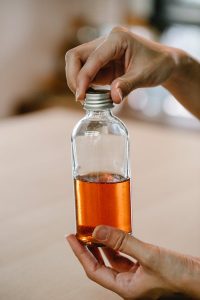
Application areas
alkyd resins.glycerol-phthalic resin., oil-modified polyester resin formed by the condensation polymerization of polyol , phthalic anhydride and fatty acid or oil (glyceryl fatty acid ester) . According to the number and structure of double bonds in fatty acid (or oil) molecules, it can be divided into three categories : dry , semi-dry and non-dry. Drying alkyd resins can be cured in the air; non-drying alkyd resins must be mixed with amino resins and cured by heating. In addition, alkyd resins can also be divided into four oil degrees : short, medium, long and very long according to the content of fatty acids (or oils) or phthalic anhydride used . After the alkyd resin is cured into a film, it is shiny and tough, has strong adhesion, and has good wear resistance, weather resistance and insulation.
Classification
1. According to the types of vegetable oils or fatty acids, alkyd resins can be divided into three types: dry, non-drying and semi-drying. Alkyd resin synthesized from unsaturated fatty acids or oils is a dry oil alkyd resin, which can be dried by itself or at low temperature. No. 200 solvent oil is used as its solvent. Through the method of oxidative cross-linking, dry alkyd resin can self-dry in the air. In a certain principle, dry alkyd resin is a modified product of dry oil. The drying principle of this kind of paint film is that alkyd resin molecules cross-link into macromolecules through a series of reactions. The molecular weight of drying oil is low, and the formation of macromolecules requires multi-step cross-linking, so it takes a longer time for the paint film to dry. After the alkyd resin is synthesized from the dry oil, it is equivalent to increasing the molecular weight of the dry oil. It only requires fewer cross-linking points to solidify into a film. At the same time, the paint film performance of the alkyd resin is significantly better than that of the dry paint film. . Non-drying oil alkyd resin, which cannot dry by itself in the air, is often used as a plasticizer and multi-warp-based polymer. Non-drying oil alkyd resin contains warp groups, so amino resin can be combined with it to make paint. If a two-component self-drying paint is prepared, it can be formulated with polyisocyanate. The paint film properties of semi-drying alkyd resins are between those of drying and non-drying alkyd resins.
2. Classified according to the content of fatty acids or oils in alkyd resins. Alkyd resin can be divided into long oil, medium oil and short oil alkyd resin according to the content of fatty acids in the resin. Oiliness refers to the amount of oil or fatty acids in the alkyd resin. The oil or fatty acid content of long oil alkyd resin is 60%~70%, the oil or fatty acid content of medium oil alkyd resin is 40%~60%, and the oil or fatty acid content of short oil alkyd resin is 30%~40%. In addition, there are ultra-long oil (greater than 70%) and ultra-short oil (less than 30%). The comprehensive performance of alkyd resin is closely related to the type and oiliness of the oil or fatty acid used.
Dry short oil alkyd resin
The oil or fatty acid content of dry short-oil alkyd resin is 30% to 40%. It is mainly made from linseed oil, some tung oil, soybean oil, castor oil, catalpa oil and other dry oils and their fatty acids. Alkyd resin has high viscosity and requires aromatic hydrocarbon solvents to dissolve it. The alkyd resin paint is sprayed or dipped, preferably without brushing. It can oxidize and dry automatically at room temperature. It has good self-drying performance, average softness, good gloss, gloss and color retention, weather resistance, and fast drying speed. Short-oil alkyd resin has high hardness, good gloss and wear resistance, and is suitable for metal products such as automobiles and machine parts. It can be used as topcoat and primer. Short-oil alkyd resin can be used alone as drying paint, or mixed with urea-based resin, urea-formaldehyde resin, etc.
Dry medium oil alkyd resin
Medium-oil alkyd resin contains 40% to 60% oil or fatty acid. It is the most commonly used among alkyd resins. The paint made from it can be sprayed, brushed, and edited. The paint film dries quickly and has good gloss and weather resistance. , can be dried by itself or mixed with oxygen-based resin for drying. The drying time is shorter than oil-based alkyd resin paints, and the gloss and color retention is slightly worse. Dry medium oil alkyd resin is used as self-drying varnish, primer, etc. It can also be used as decorative paint, construction paint, furniture paint, metal primer, etc. It can be applied to metal, wood and other materials.
Non-drying oil alkyd resin
Vegetable oils for non-drying oil alkyd resins can be coconut oil, sesame oil, etc., and can also be made from lauric acid and some saturated fatty acids and medium-low carbon synthetic fatty acids. Short-oil alkyd resin has an oil content of 30% to 40%. It is made from the above-mentioned oils or fatty acids, and uses aromatic solvents as solvents. Non-drying medium-oil alkyd resin is mainly synthesized from castor oil, which is highly polar and uses aromatic hydrocarbons as solvents. Non-drying oil alkyd resin is often used in nitrocellulose paint, amino resin paint, etc.
Long oil alkyd resin
The oil or fatty acid content of long-oil alkyd resin is 60% to 70%. Dry long-oil alkyd resin has good drying performance, good paint film elasticity, good gloss and color retention and weather resistance, but the paint film hardness and wear resistance are worse than medium-oil alkyd resin. Long-oil alkyd resin is soluble in aliphatic hydrocarbon solvents, has low viscosity, is easy to apply and has good leveling performance. It can be used for indoor and outdoor architectural coatings and ship coatings. It is compatible with oil-based resin paints and can be used to enhance Oil-based resin paint and latex paint.
Recommended Suppliers
 September 23, 2024
September 23, 2024  June 3, 2024
June 3, 2024  June 3, 2024
June 3, 2024  June 17, 2024
June 17, 2024  June 18, 2024
June 18, 2024 
